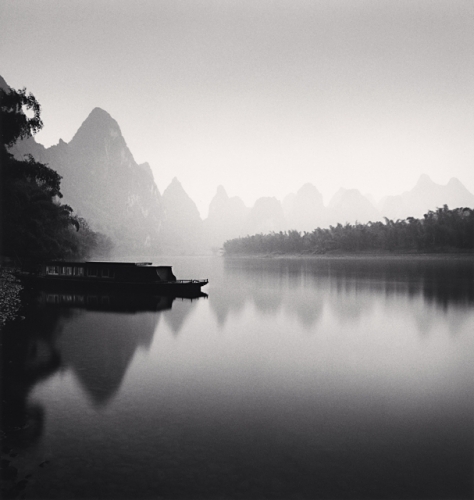 I was contacted a few months ago by the Japan Foundation in Paris to write a short text for their newsletter based on an upcoming exhibition of contemporary Japanese photography. The exhibition, put together by the Tokyo Metropolitan Museum of Photography, has just opened and although I'm not entirely convinced about the theme, voyages, there is some interesting and fresh material here, most of which has probably never been shown in Europe before.
I was contacted a few months ago by the Japan Foundation in Paris to write a short text for their newsletter based on an upcoming exhibition of contemporary Japanese photography. The exhibition, put together by the Tokyo Metropolitan Museum of Photography, has just opened and although I'm not entirely convinced about the theme, voyages, there is some interesting and fresh material here, most of which has probably never been shown in Europe before.
Naoki Ishikawa and Koji Onaka were the only two photographers in the exhibition whose work I already knew. Ishikawa is pretty popular in Japan and his books Polar, New Dimension and Mount Fuji seemed to have pride of place in most bookstores on my last few trips to Tokyo. I had the chance to speak with him briefly at the opening of the exhibition and he explained that he is particularly interested in trying to find a new way of photographing 'icons' like Mount Fuji. When I first came across his work on Fuji-san, it made me realise that I had almost never seen images of the mountain that were taken up close. It is almost always photographed or portrayed at a respectful distance (try doing a Mount Fuji Google Images search), reinforcing its symbolic nature to the point where you have to wonder whether the real mountain actually exists. Ishikawa takes a very different approach, showing the mountain up close, and revealing it as a barren, sometimes dangerous and desolate place.
Koji Onaka was the highlight of the exhibition for me. I have posted about his work before, but this is the first time I have seen his prints. Onaka began shooting in black and white but has since moved on to colour with very interesting results. He was one of Daido Moriyama's students and he shares Moriyama's obsession with dogs. Onaka is more of a wanderer than a traveller and his subject is the old, slightly run-down pockets of the rapidly disappearing 'old' Japan. His colours match these locations, as if they have turned slightly with age. He makes his prints himself in very small formats, and the results are wonderful.
Takeshi Dodo also deserves a mention for his black and white work on the islands of Okinawa. There are a number of images that reminded me of Kazuo Kitai, Issei Suda or Hiromi Tsuchida, in their very 'real', straightforward and unaffected vision of daily life. Dodo is not overly prone to nostalgia and the modern aspects of life on these remote islands rub right up against the more traditional to create an intriguing portrait of a world that is both far removed from and closely connected to the incessant modernisation of the country.
I will put a link to my text (in French) once they upload the newsletter to the MCJP website.
Rating: Recommended
Voyages, Maison de la culture du Japon 14 October 2009 - 23 January 2010







